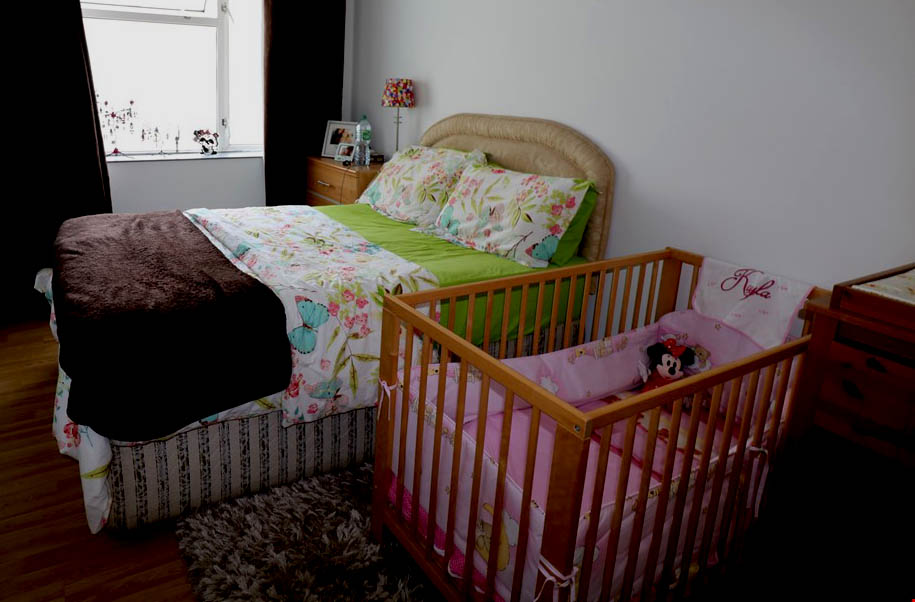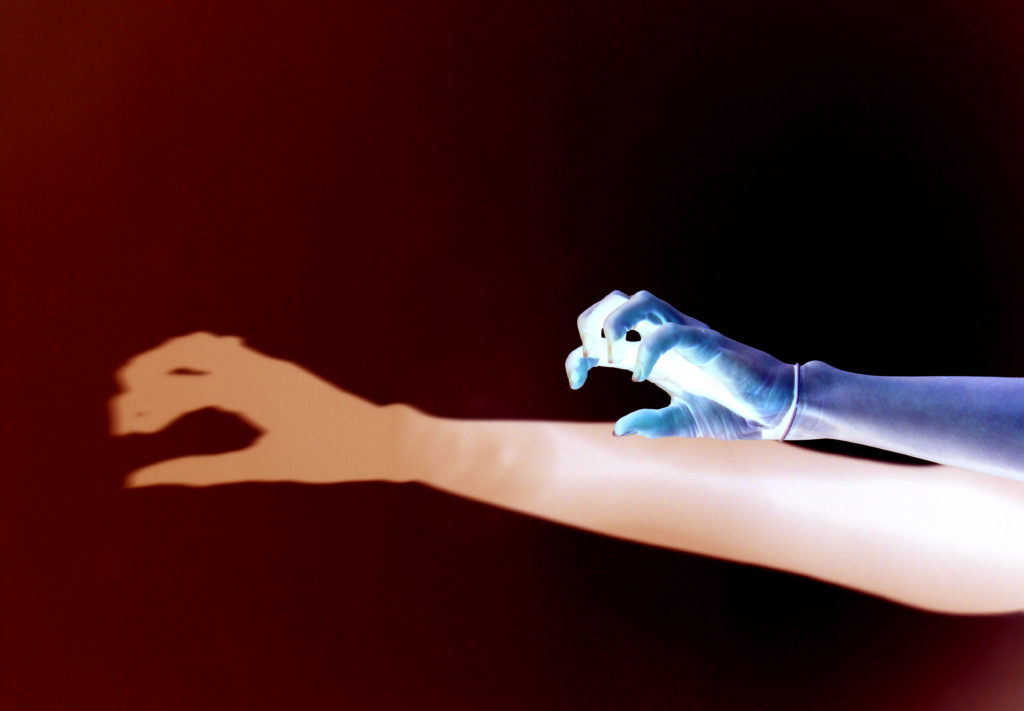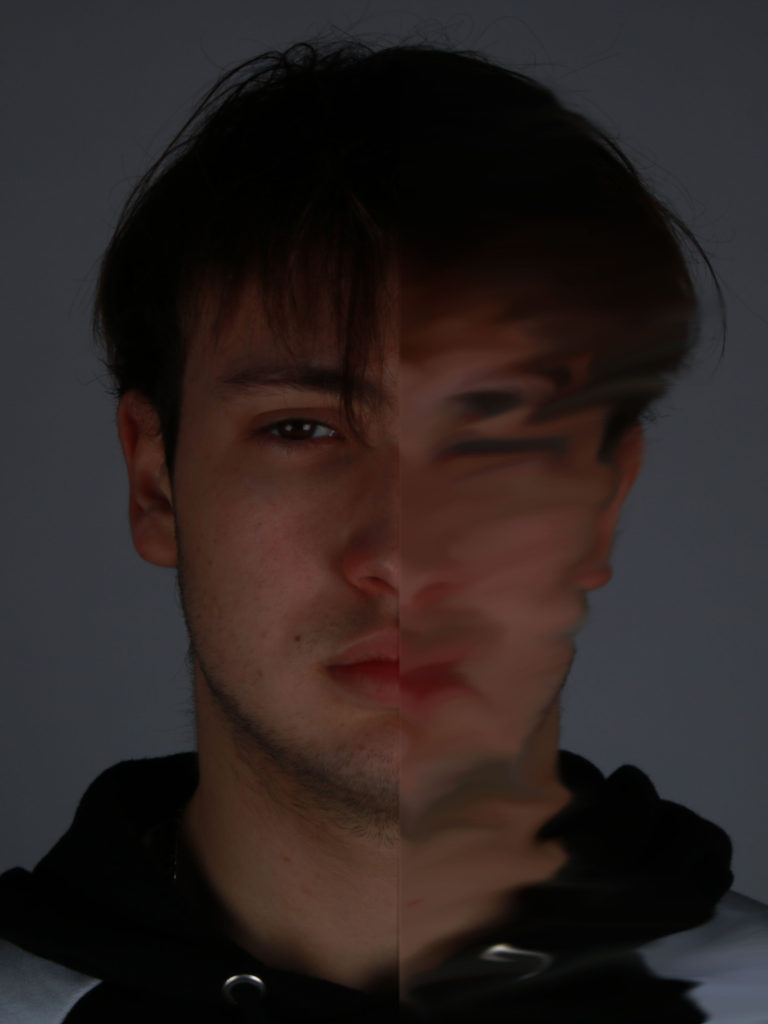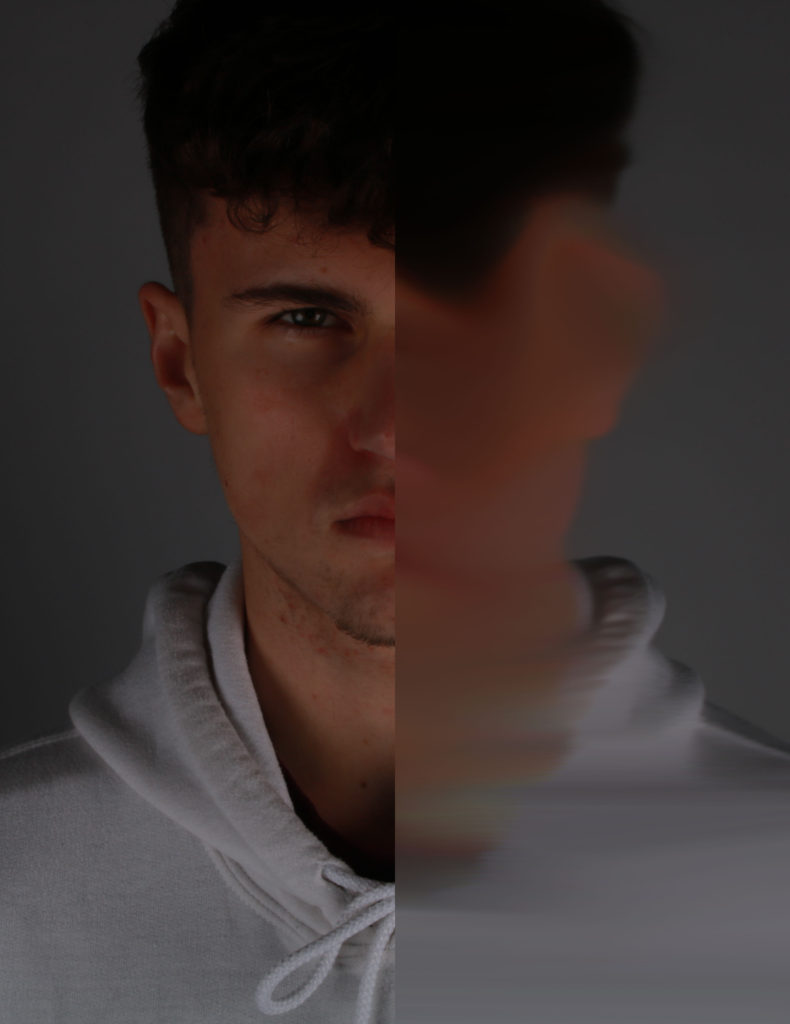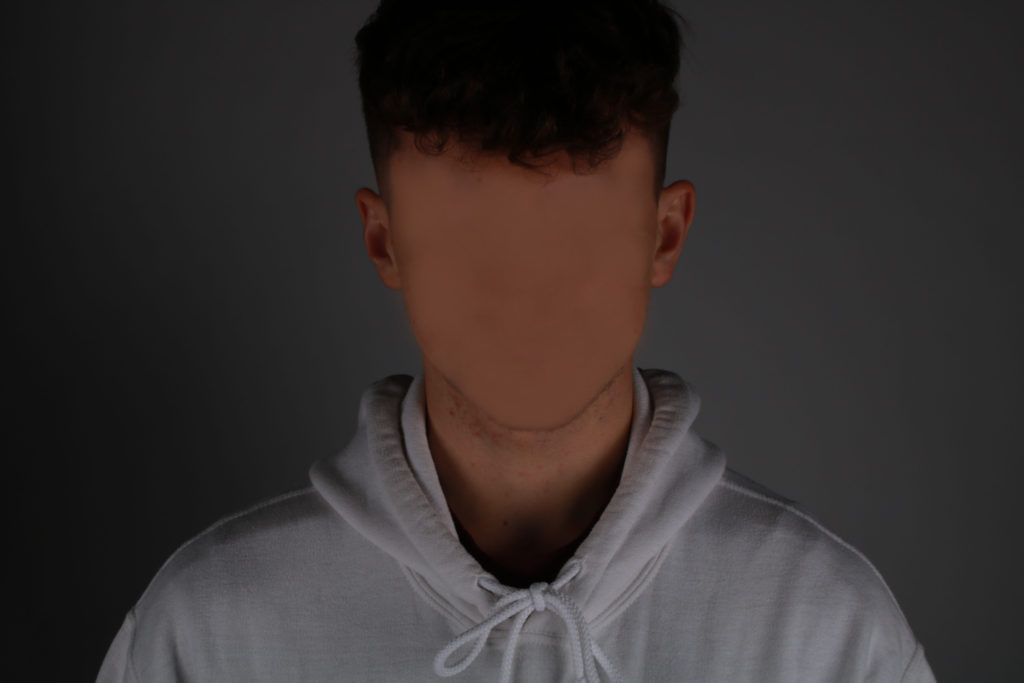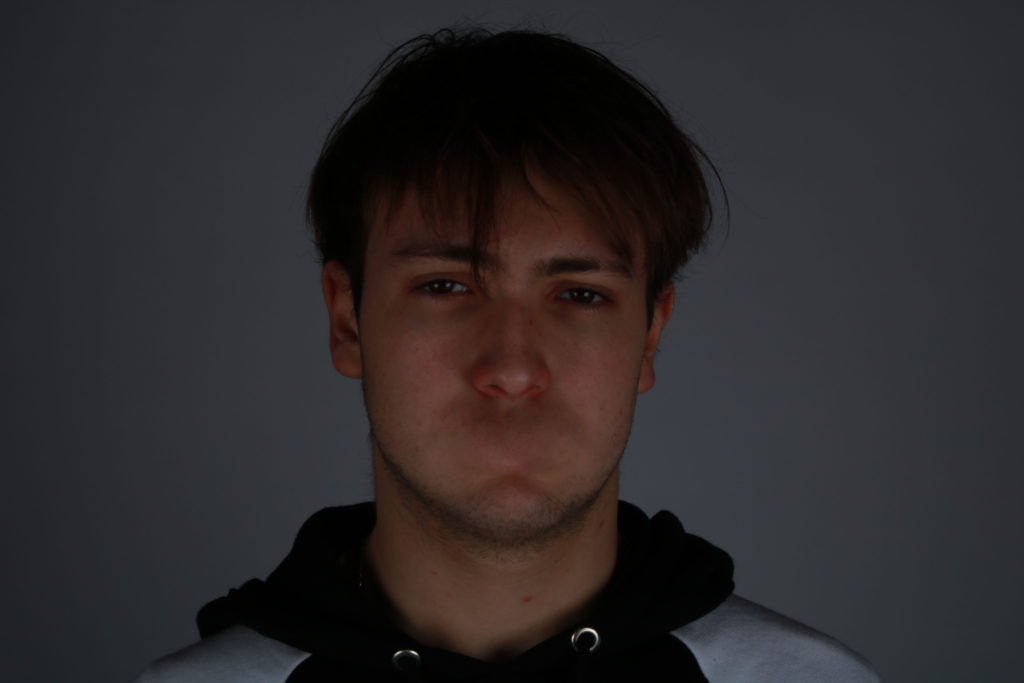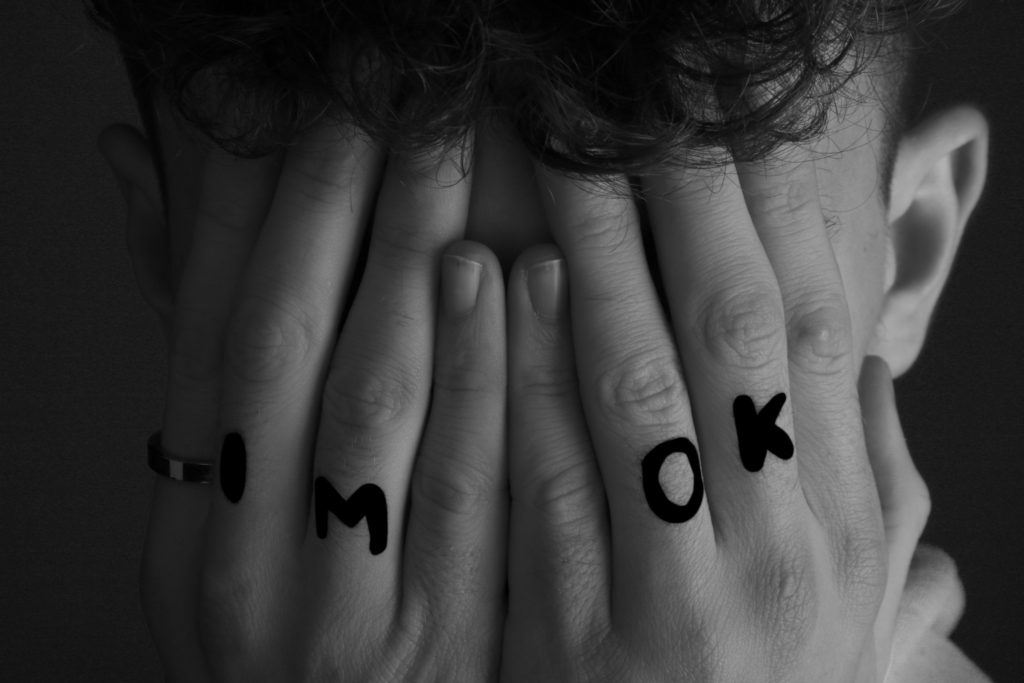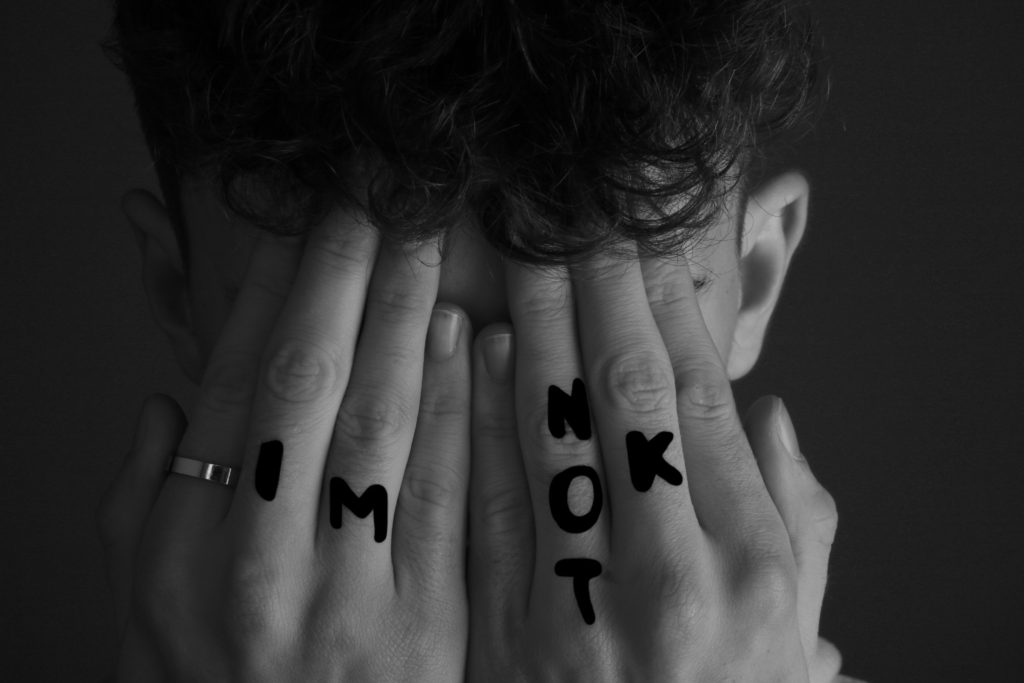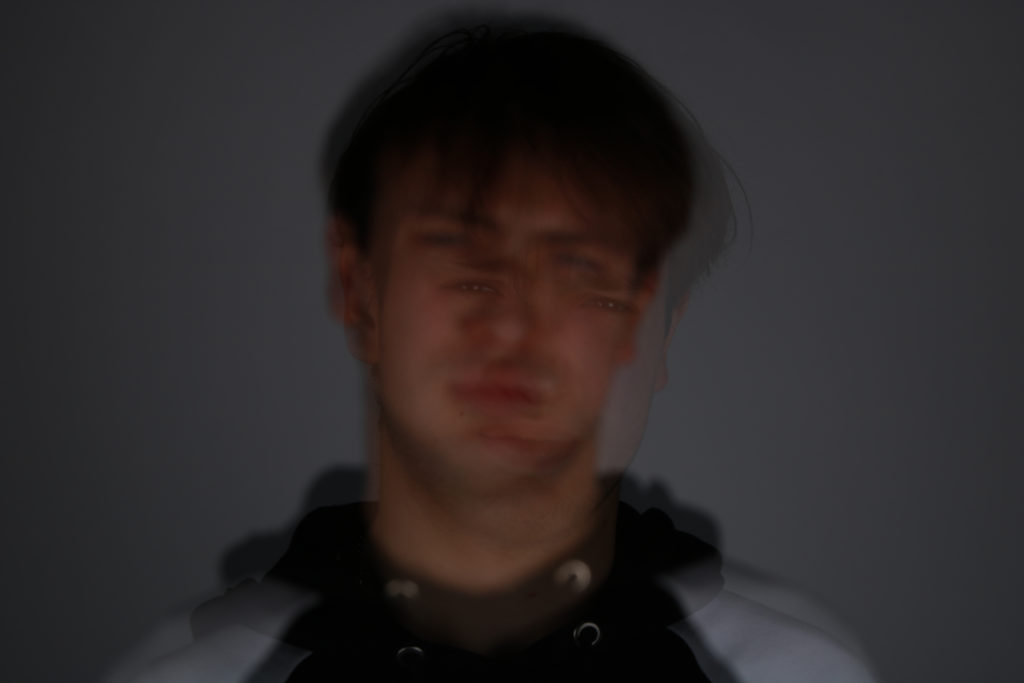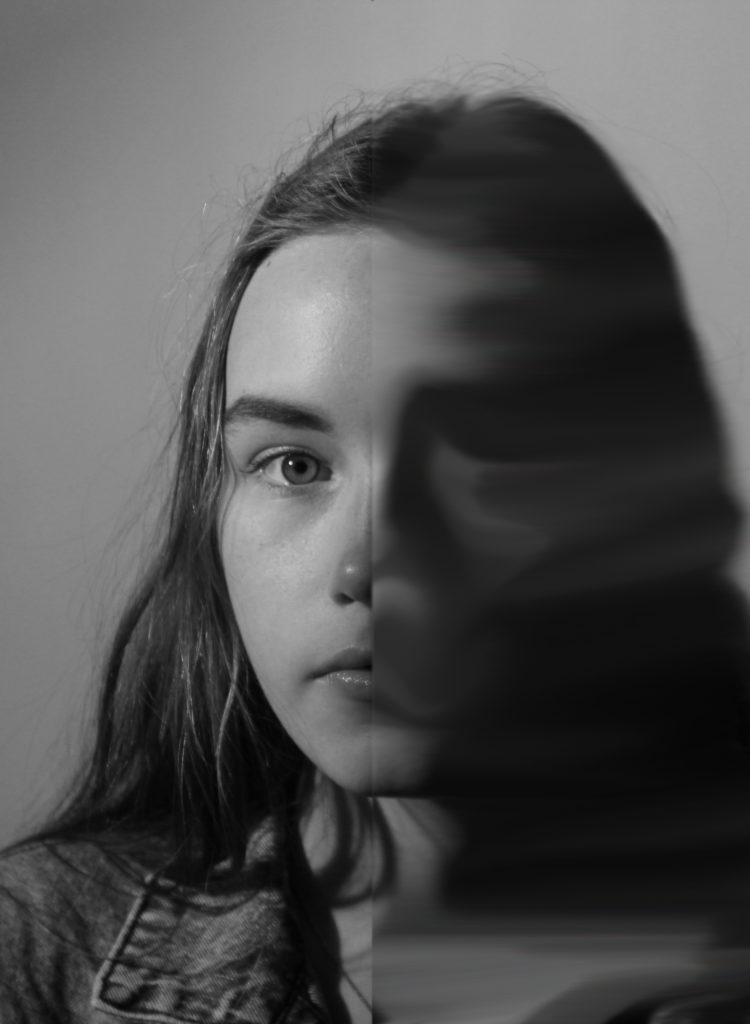In what way does Nick Hedges portray a sense of state discrimination and hopelessness through his monochromatic imagery?
“An imbalance between rich and poor is the oldest and most fatal ailment of all republics.” — Plutarch
INTRODUCTION
In order to approach my personal study, I will be focusing on three main concepts, the housing crisis, nostalgia and control. A topic which I am highly interested in and willing to explore is the housing crisis which affects a large population of Jersey, not only the immigrants but young people and the elderly all face institutional discrimination which makes it extremely difficult to get on the property ladder or be able to find suitable housing in Jersey. There is an extreme lack of affordable housing for low income families and young people alike, who start out on a low-income, earning minimum wage at the start of their careers. With the use of film, an older method of photography, I am hoping to capture images that capture a nostalgic and reminiscing feel. The fuzziness and grain which can be captured using this flash provokes ideas of the old and outdated.
A prominent photographer which links to my area of study is Nick Hedges, photographed and recorded of social housing in post World War two Britain in the 60’s and 70’s. Mikhael Subotzky is also a photographer who closely ties in with the topics which I will be tackling, taking striking images of a high rise, low cost housing in the heart of South Africa. Using both candid photography and the surrealism of the architecture of the building, creating a photo book, ‘Ponte City’, tackling the subject of inequality. The themes and subjects which both these photographers tackle closely tie in with the overall focus of my personal project, using a documentary style, and biographical approach to their work.
In order to respond to my personal study I will be employing the use of both a film camera and digital camera. As I will be using the theme of nostalgia, the use of a film camera will be an effective way to display this through the grainy and soft nature of the photos themselves. The subject of my images will be of the low cost, affordable housing which can be rented in Jersey. I will be contacting estate agents in order to show the contrast of the way in which housing agents glorify these homes in a way which makes them more commercially appealing, versus what the reality of them are. I will be focusing on small and minor details which distinguish each property such as the flooring, bathrooms and kitchen cabinet. I will also be photographing the exterior of buildings, going around the dingier parts of St.Helier which depict the depressing lifestyle some people face by living in the urbanised town centre.
According to a report from Statistics Jersey, shortages are now predicted for every size of flat and house, with the exception of a small surplus (70) in the number of large homes of four or more bedrooms. And the situation has worsened considerably since the last Future Housing Needs report was issued, covering 2015-2018, with almost twice as many more homes now needed. The gap between the number of people looking for homes and the number of homes available widened by 90%. I will be investigating the state of social housing, their conditions and the impact which it has on individuals for whom this is their reality, specifically interviewing my mother who intersection-ally falls under a migrant and single mother. I will be examining the personal impact which the housing crisis has on my family.
Taking a documentary photography approach to this subject, my work will be following the conventions of realism. The idea that picture knowledge could be universal relates to what is known in philosophy as the ‘realist’ approach. Realism is the idea that a photograph of an object or a person bears a close relationship to that object or person. There is a link between the object or person photographed, and the photograph. The photograph, in other words, is a trace of something real. Because it was necessary for the object or person to be present at the moment of photographic recording, it can also be said that there is a link between the photograph and the events, objects, people, etc., it depicts. Examining the work of Nick Hedges, there is a clear link between my own personal study and the depictions which I aim to imitate in terms of its contextual aspects and intent. I will be comparing two works from Nick Hedges, from the exhibition ‘Make Life Worth Living’, It was commissioned by Shelter, a charity working against homelessness to raise consciousness about the poor living conditions many Britons experience. The photographs were taken between 1968 and 1972 and are an intimate glimpse in to the human cost of poor housing.
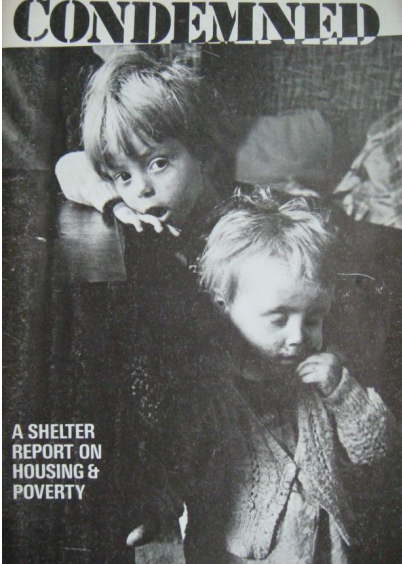
Due to the contextual time period of these images, a sense of nostalgia is provoked through the critical use of lettering and composition. By displaying the photograph alongside related images and Shelter publications, it is possible to expand its narrative. A richer understanding of the final print is made possible. It is also interesting to see how the charity used Hedges’ photographs in their publications, and how they framed them with case studies which included interviews with subjects. A comparison between the contact print and the final print raises questions about the nature of photographic truth, and how the photographer’s intentions shaped his representation of the homeless. The significance of the formal qualities of the final print as it appears in the Shelter report (it is much grainier than the contact print, and has a heightened contrast) is also relevant to a discussion of the photograph’s semiotic effect creating meaning from the contextualization of the images. By including excerpts from interviews in interpretation panels, details about subjects are made accessible, despite remaining anonymous (Shelter used pseudonyms in their campaigns). The biographical information about the subjects of the Shelter photographs, published in reports and displayed in exhibitions, is fundamental to the kinds of narrative generated by Hedges’ photographs. The original intent of his photography has remained original, dodging the alteration of marketing editors and professionals who ultimately decide upon the final meaning of these images.

Andium Homes estate housing
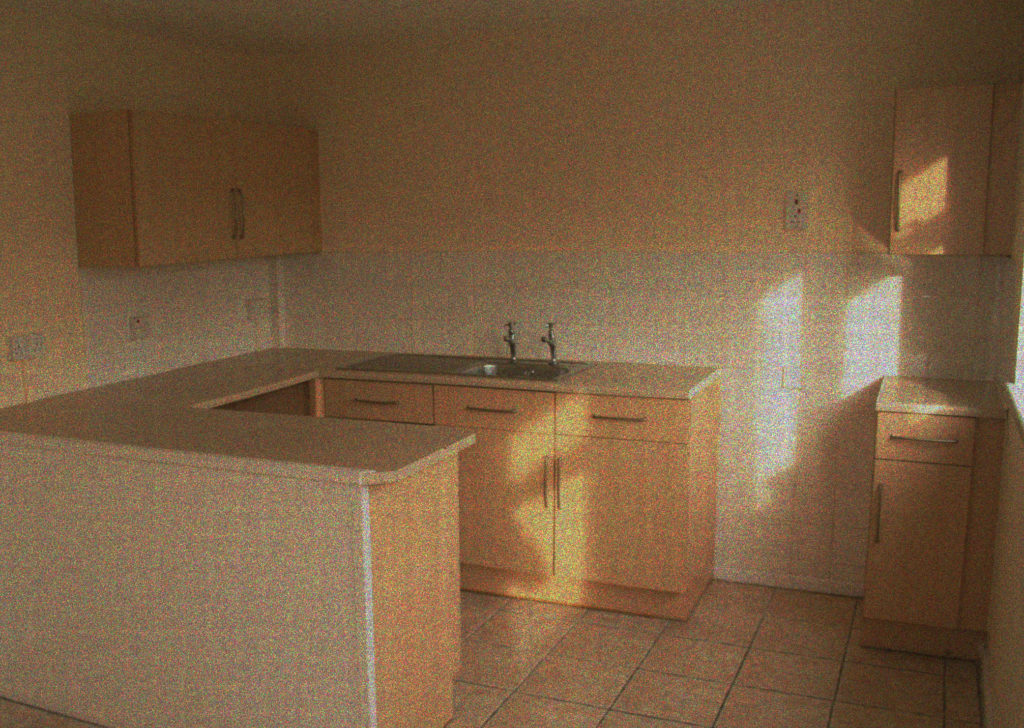
Andium Homes estate housing interior.
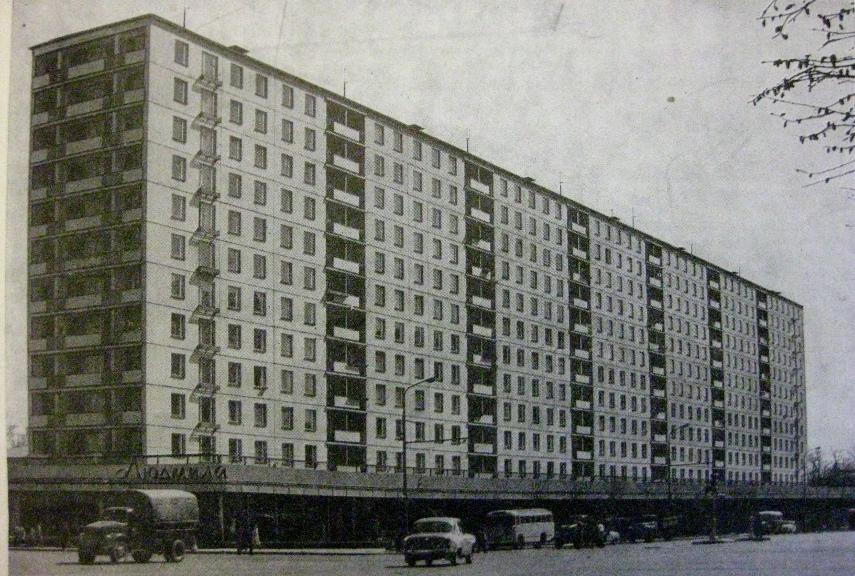
In response to the works of Nick Hedges, I have tackled the same relevant issue in Jersey, and the lack of sustainable and affordable housing for the general public. An agency which has sparked much controversy within the Jersey housing market is Andium homes. The privatisation of more than 70% of the Jersey property market has meant that little or no regulation has been put of the pricing cap which has set it’s highest record to date, rising be an average of 7% every year, making it more expensive to buy and rent in Jersey than it is in central London. Andium homes aims aid in the “delivery of affordable housing in Jersey, with financial viability being a key focus”. Fiona Halliwell (2019:9, Annual Report). Andium homes has been a key focus in my personal investigation as they come as a last resort for a lot of islanders struggling in the housing market. Within this investigation I was keen to explore the housing quality versus its price point. By contacting a local estate agent I was able to have a look inside these homes and asses the state of affordability.
Upon first glance, the entire estate was drab and uninviting. The streets lined with homes comparable to the mass housing style of post soviet 1990’s Russia, with the cubist style architecture and close living quarters, a style which I am familiar with, all coming back to my own heritage and my time spent in a country still very much influenced by the many agents of Russia. It was undeniable that a lot of these homes would stereo-typically be presumed as the epitome of social housing troubles, coming with them the notion that the next generation of drug abusing, gang related youth would be spawned from them, “Home sweet home” being the last description coming to my head, yet none the less it is a safe heaven for those in need. The terraced style arrangement of these homes means that there is an ever lasting repetition from the first house to the next, very little privacy is to be expected by living here. Much like the outside, there was again the cookie cutter style home on the inside, zero character or stylistic integrity, simply the cheapest and simplest methods of building a home have been applied. Rooms have been sized to the smallest possible fraction before they could be named a cupboard, most likely leading to over crowding to any family deciding to reside here . All in all this description seems harsh and unfair for these homes which at first glance, apart from the lack of character and structural integrity, seem to have nothing wrong with them, yet taking into account the £425,000 price tag, the story shifts quickly. Value versus product far outweighs what you can buy for your money, and even a public government agency is unable to truly provide affordable housing for the large variety of people that call Jersey their home. As a stylistic extension from the start of my project I have continued with the film style imagery which I have produced, and even within this context it fits in well stylistically and metaphorically as these homes are comparable to housing estates from post war Britain.

Hedge’s produced a variety of work within and around London, which was hit the worst during World War 2 due to the extent of the damage done to infrastructure and social housing, leaving many to live on the fringes of what it is deemed to be safe or acceptable. Looking at the visual aspects of this image there is a distinct focal point, the man in the centre of the image can be very clearly and bluntly be seen looking at the camera, creating a candid portrait. The full body shot which has been taken of the man is an intentional aspect of this image, most likely being used in order to capture the man’s surroundings and the environment which he lives in, being a dire reminder of the housing conditions in which he resides in. The overall image is extremely dark, with most of the shadows being in the same tonal range. The man can also be witnessed smoking a cigarette, adding to the dark and grungy aesthetic of the image. He is of old age, wearing very period specific clothing. It can be concluded that due to this man’s age, disability and social status, he is likely living in conditions like this because of a lack of money. The illumination which can be seen on the mans face and the surrounding environment suggests that there was one very strong light source in the middle of the room, likely coming from a ceiling light. This article focuses on housing constructed during the decade or so after the end of the Second World War as part of the progressive, experimental establishment of the Welfare State in Britain. Housing provision by the end of the war, particularly in urban centers, was considered inadequate, not only in quantity, but in quality as well. War damage had impacted on the quantity of housing stock, but additionally, much ‘obsolete’ housing had been earmarked for demolition before the war.
Contextually, knowing that this man is Jewish, living in 1970’s England, it is likely that he was a victim of discrimination. Living through the Second World War and into post war Britain. This man is a great example of the intersectionality relating with religion, disability and age. He is seen living in very dire conditions, much less suitable for a human to live in. He is a great example of the discrimination faced from multiple facets within society, and what Hedges perfectly captured within his imagery. The lowest fringes of society living in ways which were simply unacceptable, receiving little to no governmental aid. Technical restrictions and the physical characteristics of slum housing, the darkness of the photographs must also be interpreted in the light of an established art historical convention. Hedges’ choice to represent the homeless in a dark space as a recurrent trope in his photographs serves to tie his photographs to a recognizable pictorial tradition. Representations of the urban slum dwelling poor have invariably been located in dark, dirty and overcrowded domestic space.
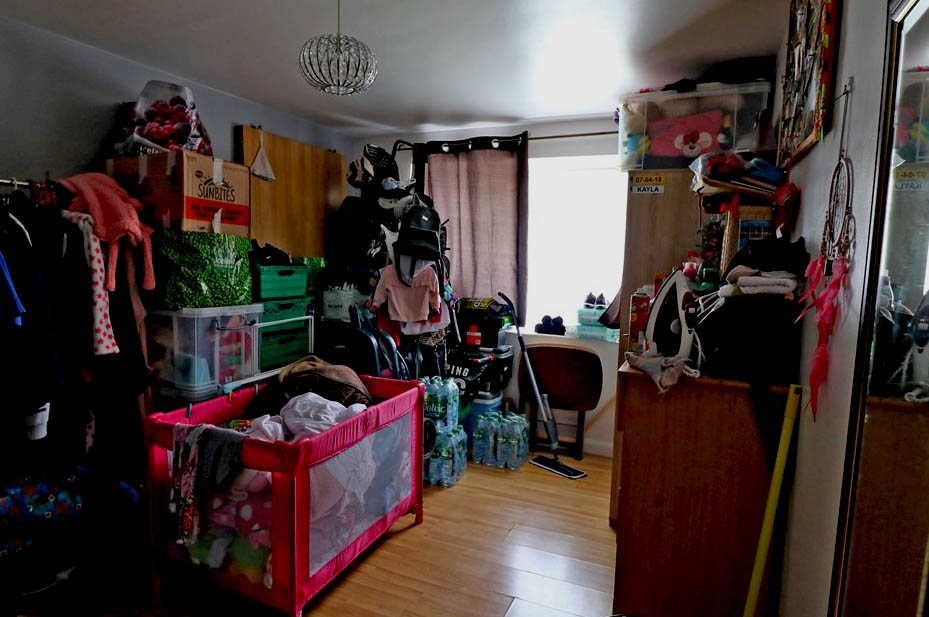
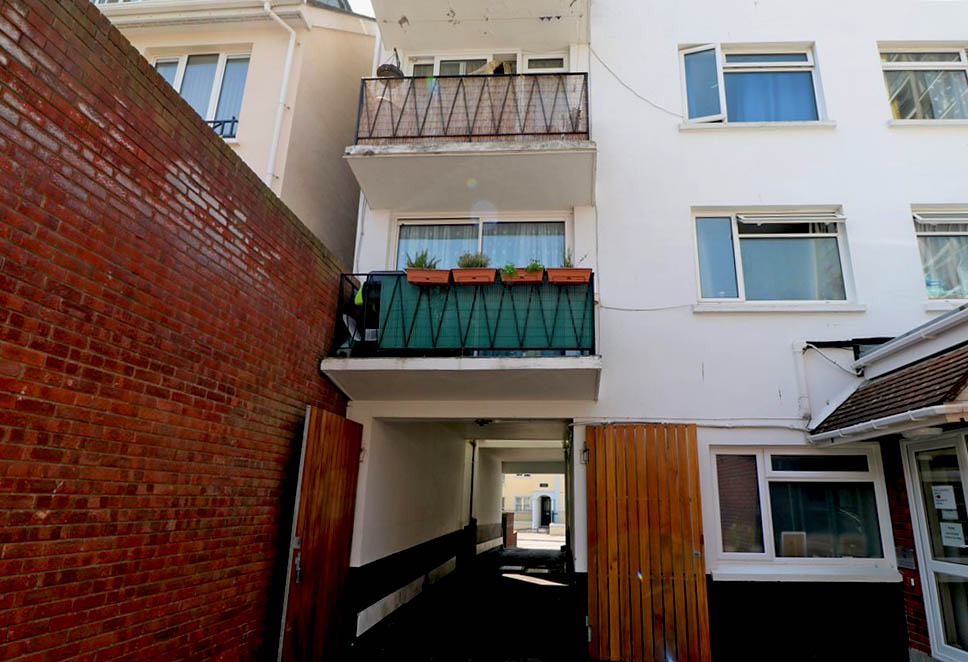
As a further response to my over riding statement of the “crisis in the Jersey housing market”, I have responded with another series of images which reflects this statement. After coming into contact with another estate agent I was able to privately arrange and pose as a potential buyer. Much like the housing estate seen by Andium Homes, the flat which I was able to view was far from the conditions which would be expected for its price tag. A second floor, two bedroom apartment priced at £330,000. “An average working family in Jersey can now only afford to buy a one- or two-bedroom flat, and private rental prices increased by almost a tenth last year, according to new figures.” Ian Heath, (2019), Families priced out of Island housing market, JEP. Taking into account the people which can be presumed live here, owning a home of their own as young parents is unlikely.
With my image making, I am much less focused on the pictorial aesthetics but rather just a documentation which clearly reflects the inequity between housing prices and the property conditions. Further, this investigation led me to posit as a prospect buyer, yet my intent was purely image taking, which lead to my work being rather up front and raw, simply taking an image as it first appears. It was also unsuitable for me to take images which appeared as close ups of possessions as I had to take in mind the privacy aspect of the people who live here, and their lives being all on display for people to see as they enter. I felt this property was a good representation of my statement as in an image we can see one of the allocated bedrooms being used as a storage room, demonstrating how small and cramped conditions “low-priced” properties such as these can have. Much like Andium Homes, the exterior of this building is much more reminiscent of 1990’s Russian cubism with the minimal architectural features. Not only taking into account the housing conditions, this property is located near Springfield Stadiums which is socially considered as a rather dingy and hopeless area to live in due to the concentration of social housing and migrant communities.
Referring this back to Hedge’s work heavily relies on his monochromatic image making in order to relay a sense of hopelessness. The dark, dim and shadowy nature of these images means that the overlying theme for this series of images are despair and misery, this arises the question of how these people got into this situation and how the state allows for this to occur, Hedges is able to effectively capture the struggle of lower class Britons, trapped in between impoverishment and the aftermath of war. Hedges purposely chooses locations and estates which showcase the true reality of the lower class life. The reluctance to recognize extreme poverty and poor housing as homelessness persisted until Shelter successfully negotiated a change in the law in 1970. At this point, the legal definition of homelessness (which had previously been limited to people living on the streets, those literally without shelter) was expanded to include people living in poor housing. Due to the technical limitations of cameras at this time, these photographs represented exterior, rather than interior, scenes: it was not yet possible to make photographs inside slum houses, yet even these exteriors were a very clear window into how these people lived despite not knowing the personal conditions of each flat. The image of the homeless child is what captured the imaginations of the public in the middle of the 19th century, being the iconic image of social crisis and economic depression. The human’s metaphorical understanding of what black and white is again ties back to the effectiveness of Hedge’s work and the way’s in which he redefines the “homeless”, using highly emotive and striking imagery in order to highlight socioeconomic issues on a larger scale.
Hedge’s work undoubtedly called for social and legislative change, allowing for the working class to strive for appropriate living conditions within social housing, yet his photographic work doesn’t come without fault. His work is unquestionably cliche within the themes which he worked in, portraying the working class as living in dirty, mold-ridden homes with young and starving children. With his work, he very much reinforces the stereotypical notions of poverty which we already see in modern media, people living in crumbling homes with no obvious way to change that. His work very much lacks the portrayal of humanity in these very people, many of whom are well educated individuals, simply ending up in these conditions due to the turmoils of the war. ” Photography is not some god from the machine, which will resolve the world’s problems simply by the act of bringing them to light… The real impetus is on us to respond to the things we feel when we view certain photographs and to decide to make things change.” (L.Bush, 2015, PHOTOGRAPHS WON’T CHANGE THE WORLD). As with Hedge’s work, the showcasing of these images provoked nothing but pity for the lower class, the general public simply making an icon of the image of the homeless child, but not much came of this in terms of social change. Proving the point that photography is not much more than simply a documentary style medium, it does not provoke change unless change in pushed for.
To conclude, Nick Hedges throughout his time working with Shelters, was able to effectively capture the hopeless reality of people living in post-WW2 social housing, changing the very face of governmental legislation with his work. In a bid to change harrowing living conditions, Hedges employed the image of the homeless child, becoming a cultural icon with the publication ‘Conmened’. Most importantly an attribution to this unfortunate reality was his monochromatic image making, using classical techniques of photography in order to help the socioeconomic crisis which was underway throughout the 1960s. To further explore the ways in which Hedges captured the dire state of the past, I undertook a similar path in the face of modern reality in Jersey. Whilst real slum conditions are not prevalent in Jersey, over priced property has meant that Jersey has suffered a sharp decrease in first time buyers, many simply being forced to move to the mainland in search of lower cost housing. Through my own image taking I was able to see see the ways in which not even government subsidised agencies are able to provide housing which is truly low cost and appropriate for a low-income family. Taking a documentary style approach to my image making, I was able to produce images which in many ways appear sterile and routine, appearing like that of an estate agent. My work I feel has effectively captured the same underlying message as Nick Hedges in the sense that neither or are able to provide citizens with appropriate living standards, weather that be of a lack of government support or over-privatisation of the housing market, both situations put ordinary civilians at a risk for homelessness.
Bibliography:
https://www.andiumhomes.je/wp-content/uploads/Andium-Homes-Annual-Report-2018.pdf
http://etheses.bham.ac.uk/6534/7/Hall16PhD1.pdf
https://www.wsws.org/en/articles/2016/10/25/hedg-o25.html
https://www.gov.je/Government/JerseyInFigures/HousingLiving/pages/houseprice.aspx
https://jerseyeveningpost.com/news/2019/02/15/families-priced-out-of-island-housing-market/

